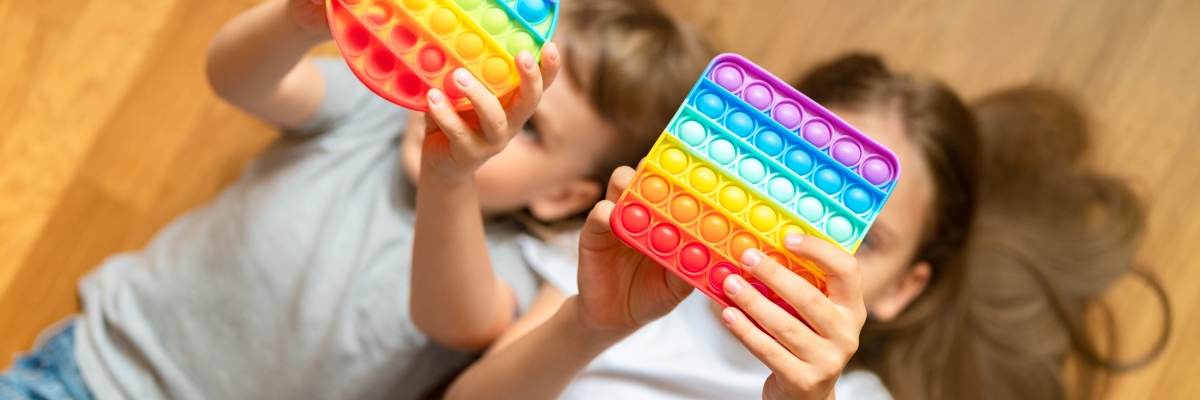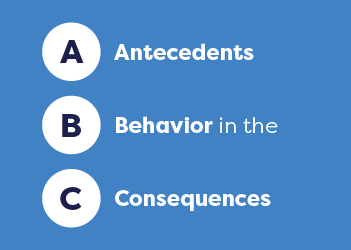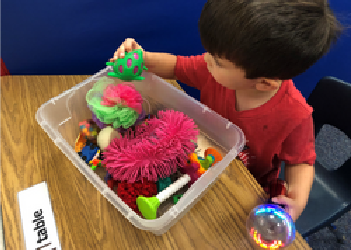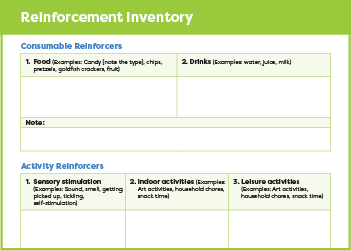June Newsletter | Actions and Consequences: Reinforcing and Motivating Behavior

Actions and Consequences:
Reinforcing and Motivating Behavior
Lea este artículo en español aquí.
Our behavior is the single most visible way in which we interact with the world and those around us: By definition, behavior encompasses everything we say or do. Behavior is also the vehicle through which we communicate our wants and needs and build relationships with others. Even if we’re not aware of it, our future behavior patterns are shaped by the way our behavior has been motivated and reinforced by outcomes—back to that in a moment.
The ABCs of Behavior
At STAR we like to refer to the ABCs: antecedent (what happens before the behavior), behavior (the action), and consequence (what happens after the behavior). For example, Sam is using a computer, and Sam’s teacher says, “Computer time is over—time for lunch!” (antecedent). Sam turns off the computer (behavior) and goes to lunch (consequence). Easy, right? While this example was fairly straight-forward, our students’ behavior in the classroom and beyond is far more complicated—so understanding what motivates and reinforces their behavior can make a big difference!
What's Your Reinforcer?
Positive reinforcement is a powerful tool for teaching: Students associate a behavior with getting something they like, want, or need, which in turn increases the chances that the behavior will be repeated. (Don’t just take our word for it—positive reinforcement is a proven evidence-based practice!) Using this free worksheet in primary (English|Español) or secondary (English|Español), students can complete an inventory of their own preferred reinforcers.
Practice Makes Perfect
A consistent, repeatable practice of reinforcement can help teach new behaviors and diminish challenging ones. Back to those ABCs: We always begin by thinking of the desired behavior. What do you want the student to do? Following the behavior, present a reinforcer (the consequence), which can be a tangible reward or a reinforcing event. Remember: Reinforcers are different for everyone. Be sure to keep our Reinforcement Inventory worksheet (primary: English|Español or secondary: English|Español) on hand—it’s a great way for parents, caregivers, and teachers to track different reinforcers including toys, food, and activities that help to motivate a student.
Motivation Strategies
Once you’ve determined what reinforces your student, it’s time to build motivation to encourage continued success. Here are some of our favorite strategies.
- Set up the space: Place motivating toys or activities in spaces where you want the student to work.
- Use momentum: Start with an easy or mastered task before introducing a new or challenging task.
- Provide choices: Offer clear options for tasks (e.g., "Do you want to color or cut? You can use markers or crayons—choose one.").
- Adjust academic tasks: Use task boxes to organize work and streamline routines, and include only work that has been mastered in independent tasks.




